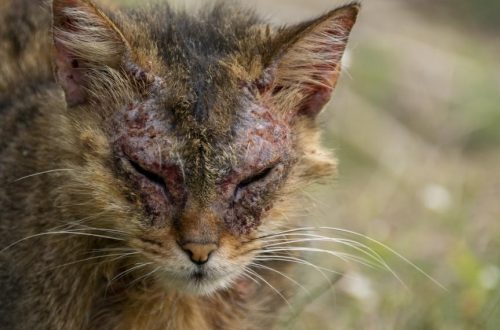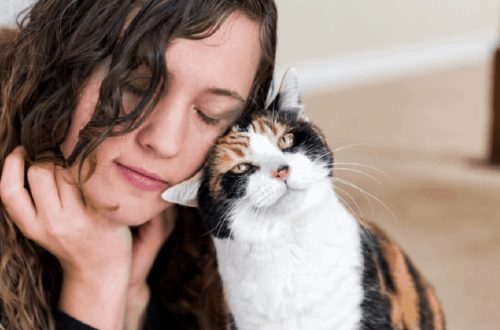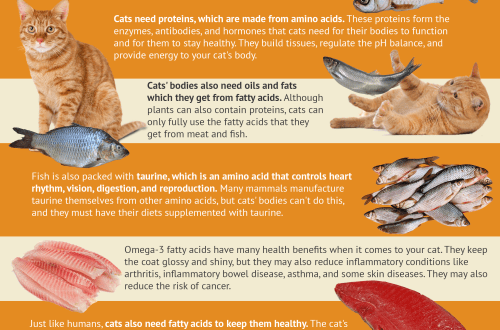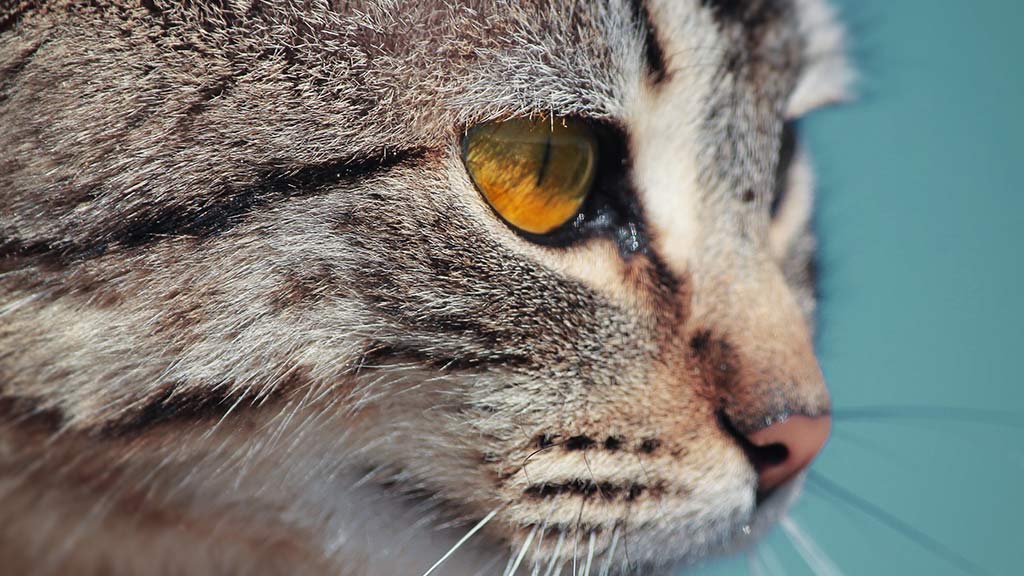
Diseases of old cats
At the age of 8 – 10 years, changes occur in the cat’s body. Unfortunately, this also applies to health. What diseases most often overtake old cats and how to help an elderly pet? 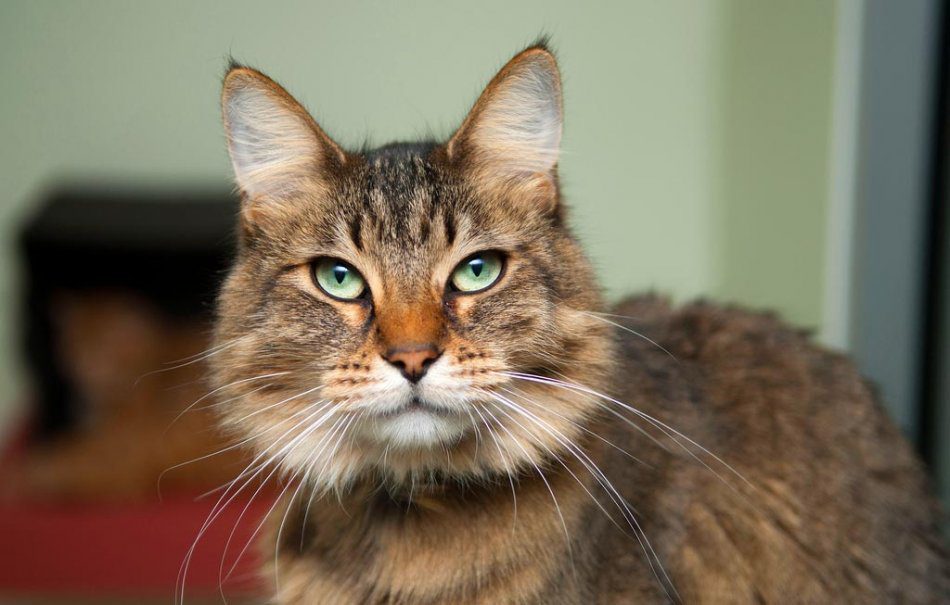
Contents
What diseases are common in older cats?
- Osteoarthritis (joint disease) occurs in 65% of purrs 12 years of age and older. Due to joint pain, the cat becomes less mobile and may become irritable. Don’t blame her for this!
- High blood pressure (hypertension) can be the reason why a cat screams at night, orients itself worse in space, senselessly walks in circles, and loses consciousness. Sometimes seizures happen.
- Chronic kidney disease in a cat is a possible cause of uncleanliness when your pet goes to the toilet where he has to. At the same time, the cat is very thirsty and constantly drinks, including from containers that are completely different from a cat’s bowl.
- Thyroid disease hyperthyroidism can have symptoms such as aggressiveness and restlessness, in addition to this, the cat’s appetite and tastes change.
- Diabetes mellitus is similar in symptoms to kidney disease, and can also cause irritability and muscle pain, which makes the cat react nervously to touch.
- A urinary tract infection causes pain and discomfort in the kidneys and bladder. Symptoms: depression, anxiety, aggression and “wrong” urination.
- Periodontal disease (gum disease) leads to changes in appetite, diseases of the gastrointestinal tract and weight loss.
- Blindness and deafness. If it is quite easy for cats to adapt to blindness, everything is much worse with deafness. A deaf or hearing-impaired cat meows loudly because she can’t hear herself well.
- A brain tumor occurs in cats that have passed the threshold of 11 years. Symptoms: circular movements, restlessness, convulsions.
- Infectious diseases (toxoplasmosis, infectious peritonitis, viral leukemia, viral immunodeficiency) cause neurological disorders that manifest themselves in behavioral changes.
Thus, there are many diseases that threaten old cats. To make an accurate diagnosis and prescribe treatment, you need to contact your veterinarian. If the behavior has changed, but the obvious cause is unclear, a diagnosis of cognitive dysfunction syndrome (CDS) is made. In humans, this disease is more commonly known as Alzheimer’s disease. It is worth talking about this disease in cats in more detail.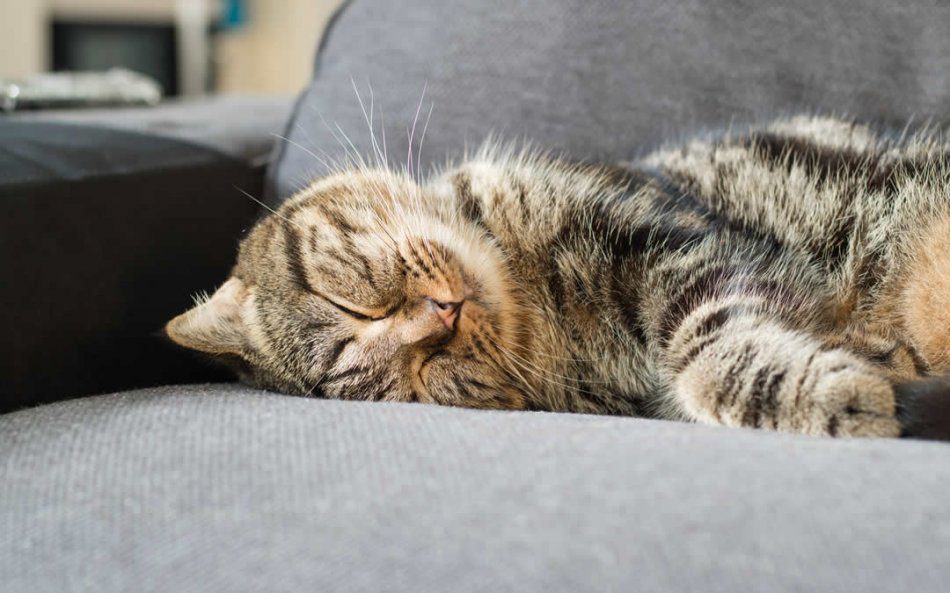
Cognitive dysfunction syndrome – a disease of old cats
Cognitive dysfunction syndrome causes the cat’s mental abilities to decline, which affects thinking and memory. The cat learns new knowledge and acquires new skills worse.
Approximately 30% of cats aged 11-14 and half of cats older than 15 suffer from cognitive dysfunction syndrome.
The most obvious symptom of this disease is disorientation. The cat cannot find its way to the door, hides under furniture or in a corner, does not recognize the owner and other pets, runs into jambs, does not answer the call. goes to the toilet in the wrong places, does not seek to communicate with the owners.
Causes of Cognitive Dysfunction Syndrome in Older Cats
- Cerebral blood supply disorders.
- Tissue damage by free radicals.
Diagnosis of Cognitive Dysfunction Syndrome in Cats
To determine exactly why the cat’s behavior has changed, a full examination is necessary. Alas, diagnosis is often complicated by the presence of concomitant diseases that can further aggravate the condition of the cat.
Treatment of Cognitive Dysfunction Syndrome in Older Cats
Unfortunately, we do not have approved medications for the treatment of cognitive dysfunction syndrome in cats. Sometimes it helps to make changes in the diet. An old cat’s food should contain essential fatty acids, antioxidants (beta-carotene, vitamins C and E), chondroprotectors, amino acids L-carnitine and lysine. And, of course, attention and care on your part, peace and the creation of a cozy and safe environment for elderly cat.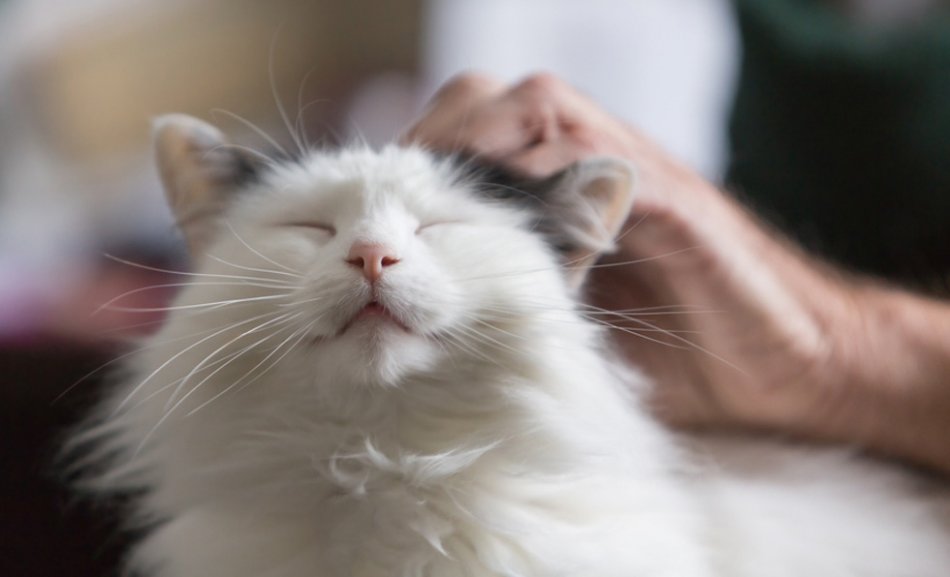
Prevention of disease in older cats
In order to diagnose the disease in time and begin treatment, visit the veterinarian regularly for a complete examination. This should be done at least 1 – 2 times a year. Remember that a timely detected disease is easier to treat, and your cat will have much more chances for a long happy life. After all, she deserved it!



